
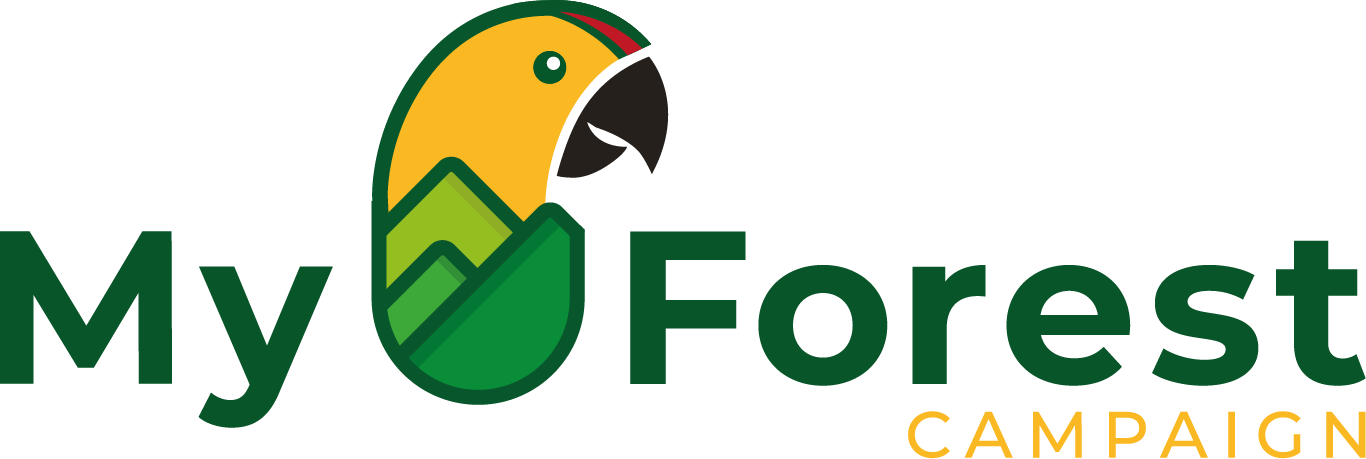
Protect the Flock with the Cape Parrot Project



R205.6K
We need your help - donate today.
Bring our forests to life and help us reach our goal of R3 million. Every monetary donation, small or large, will help us protect the flocks.
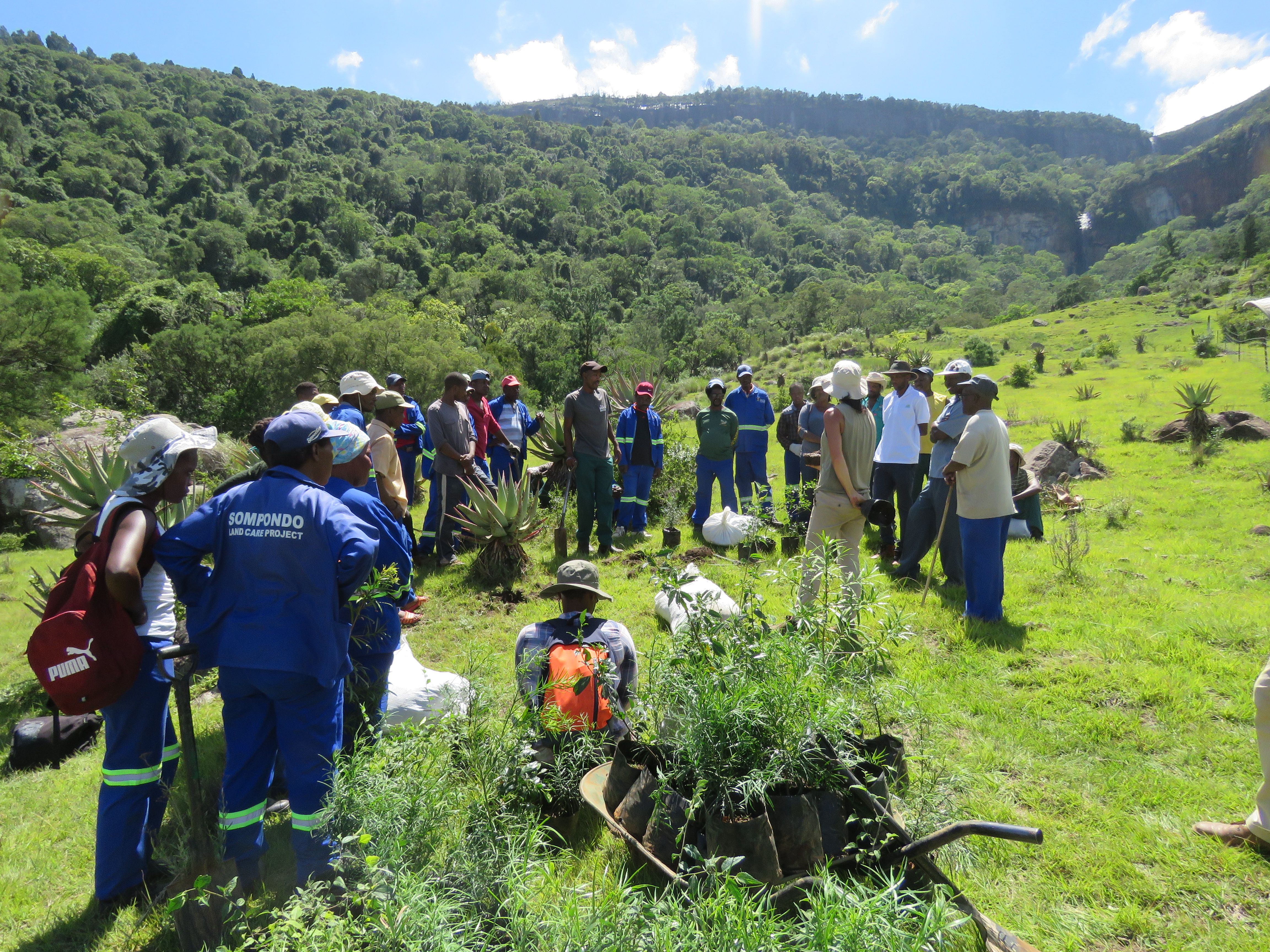
Your contribution adds to:
Restoring and protecting local Afromontane indigenous forests through:
- managing alien vegetation to assist natural forest regeneration, and
- supplement planting with indigenous species where appropriate
We pride ourselves in partnering with communities to restore forest habitats. We do this by supporting community members to grow seedlings which we at the Project then buy back. Together with members of these local communities, we plant these seedlings back into appropriate degraded forest habitats.
About the Cape Parrot
The Cape Parrot is South Africa’s only endemic parrot. The species is endangered due to destruction and degradation of their forest habitat.
The Cape Parrot Project aims to conserve the Cape Parrot by using research to fill key knowledge gaps and partnering with local communities for habitat restoration.

We need your help - donate today.
Bring our forests to life and help us reach our goal of R3 million. Every monetary donation, small or large, will help us protect the flocks.

Cape Parrot resources for schools
The Cape Parrot is South Africa’s only endemic parrot. The species is endangered due to destruction and degradation of their forest habitat.
The Cape Parrot Project aims to conserve the Cape Parrot by using research to fill key knowledge gaps and partnering with local communities for habitat restoration.
In support BirdLife have created beautiful collateral to raise awareness and increase knowledge of the Cape Parrot.
With fewer than 2000 individuals in the wild, and as South Africa’s only endemic parrot, the Cape parrot is under threat of extinction.


The Cape parrot (Poicephalus robustus) is threatened, with fewer than 2000 individuals in the wild, and is listed nationally as endangered. It is endemic to South Africa, with the largest proportion of the population found in the Eastern Cape province.
This is where Dr Steve Boyes formed the Cape Parrot Project and Wild Bird Trust in 2009, out of a small village called Hogsback.
We are a BirdLife Species Guardian and as instrumental stakeholders, our work is closely aligned with the Cape Parrot and Mistbelt Habitat Conservation Action Plan that we helped produce in 2019.
Donate Today
Become a champion for change. Any donation will help us to conserve our incredible wildlife heritage.
About the species
To better conserve this species, we need sound knowledge of the nesting and feeding requirements of this parrot, as well as the various threats facing it.
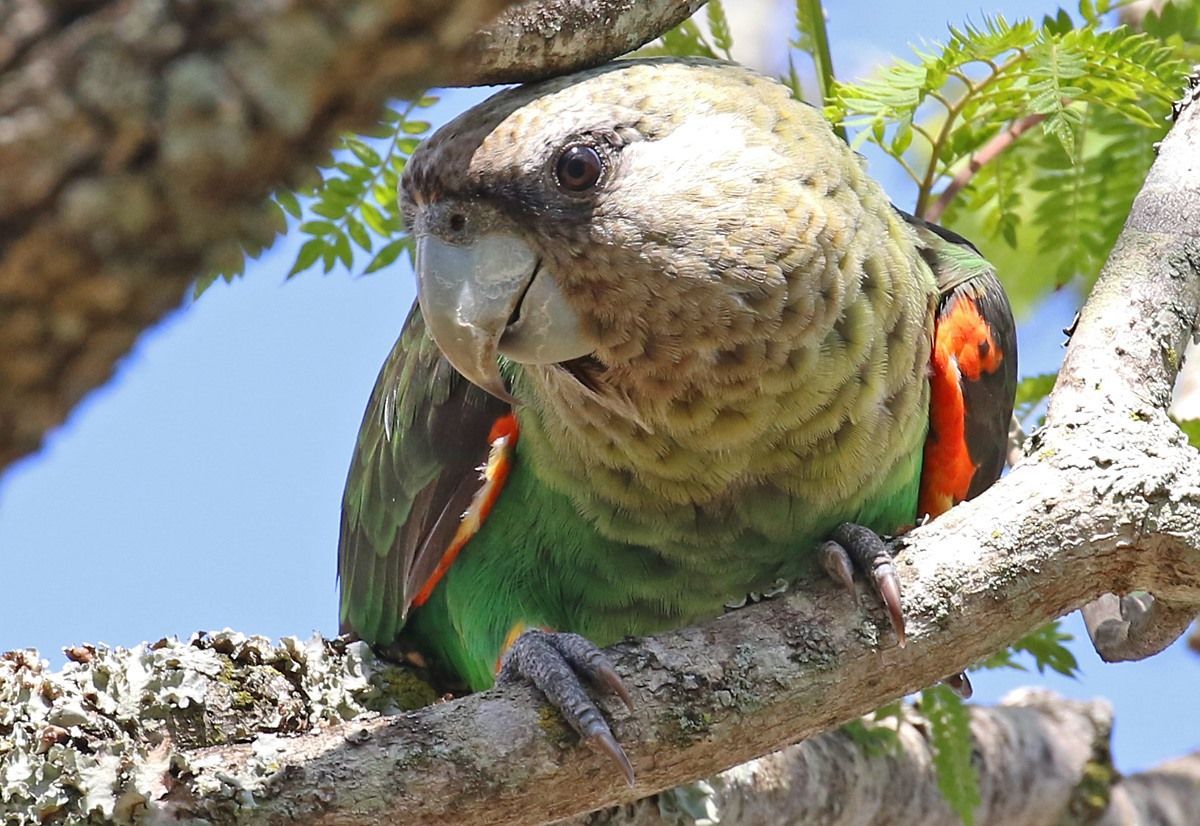
The Cape Parrot (Poicephalus robustus) is a medium- sized robust parrot with a large sharp beak. The body is a bright green, wings are dark green and they have a golden head and neck. Adults both have orange ankle ‘sock’ feathers and small orange patches on the shoulders. Only adult females have an orange-red blaze across the crown. Juveniles have a red-orange band across the crown in their first plumage, which is lost in the male around 10 months old.
Cape Parrots are typically found in high-altitude Afromontane forests. However,these forests were heavily affected by historical logging of large hardwood trees (like Yellowwoods). This has caused a shortage of natural nesting sites (in natural tree hollows) which in turn has resulted in low reproductive output. In addition, historical logging reduced food availability, forcing them to seek food away from their natural forest habitat, making them more vulnerable to the illegal wild bird trade. Cape Parrots are also susceptible to the highly contagious and often fatal Psittacine Beak and Feather Disease.
Psittacine Beak and Feather Disease is a real threat to these birds. This disease is often fatal, highly contagious and has rapidly spread throughout the population.
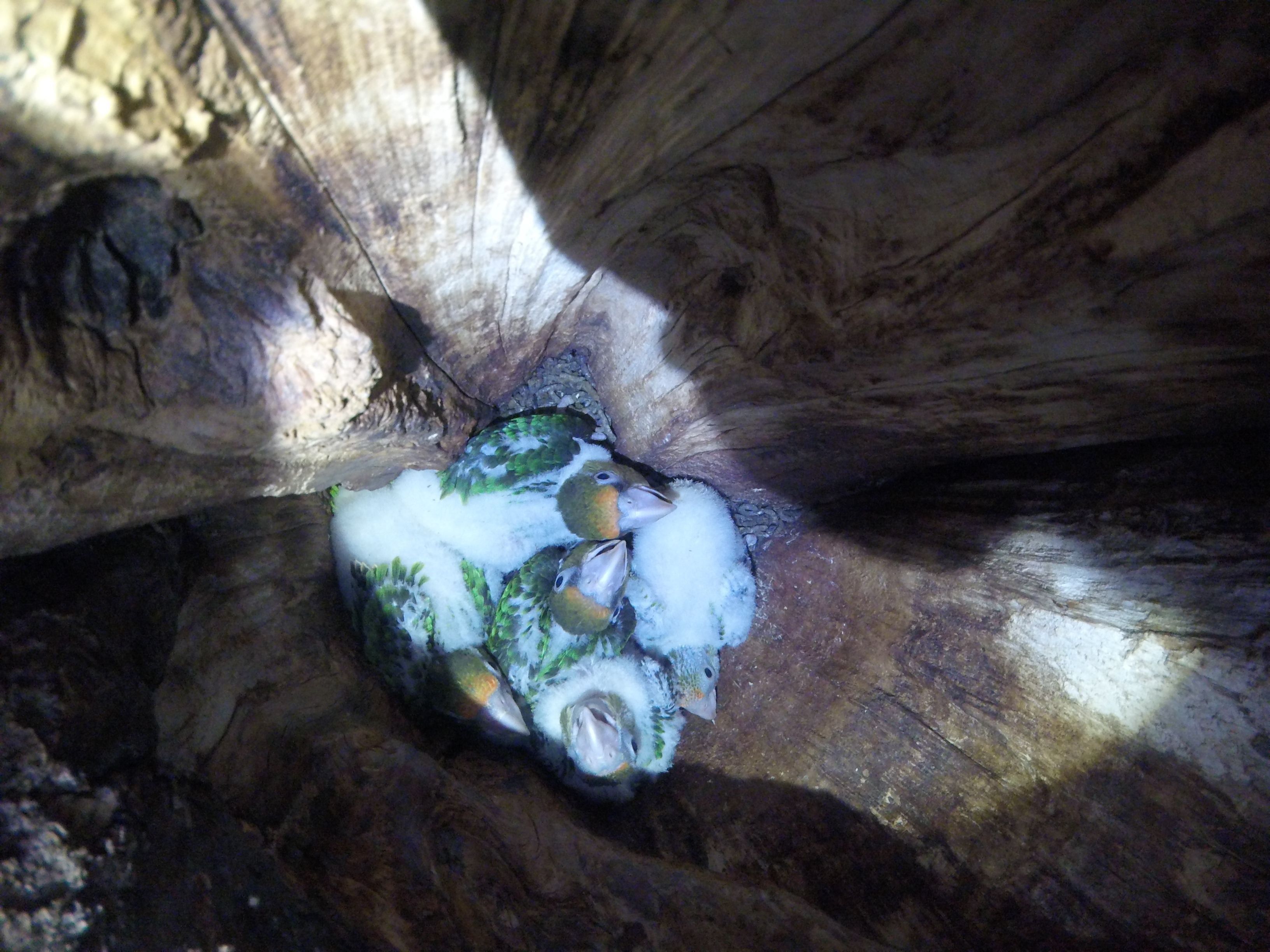

Their diet is varied, comprising a variety of fruits and seeds, and occasionally flowers from indigenous and exotic trees. When eating seeds, they specialise in extracting the nutrient rich kernel using their robust, and sharply hooked bill.
They usually occur in small groups, flying above the canopy of the forest in search of food. Large flocks can be found at some roosting and feeding sites. They become active just before sunrise, flying to a gathering spot before flying off in search of food, and later return to roost at dusk. Cape Parrots usually begin nesting in the late winter and fledge chicks in mid-summer. They can raise up to five chicks, with nests occuring in deep, natural tree hollows situated very high off the ground in large, mature forest hardwood trees.
habitat restoration
Restoration of forest habitat aims to promote natural seedling regeneration and to prevent the spread of invasive exotic vegetation.
Given the importance of the indigenous forest for these birds and other forest-dependent species, the project has focused on restoring and protecting local Afromontane indigenous forests. We do this through managing alien vegetation to assist natural forest regeneration, and supplement planting with indigenous species where appropriate. The seeds are collected from a variety of local indigenous trees in the nearby forest and germinated in our handmade compost. We produce thousands of indigenous tree saplings through the community-run nurseries we have built-in communities adjacent to forest habitat, and the nursery at our base in Hogsback.
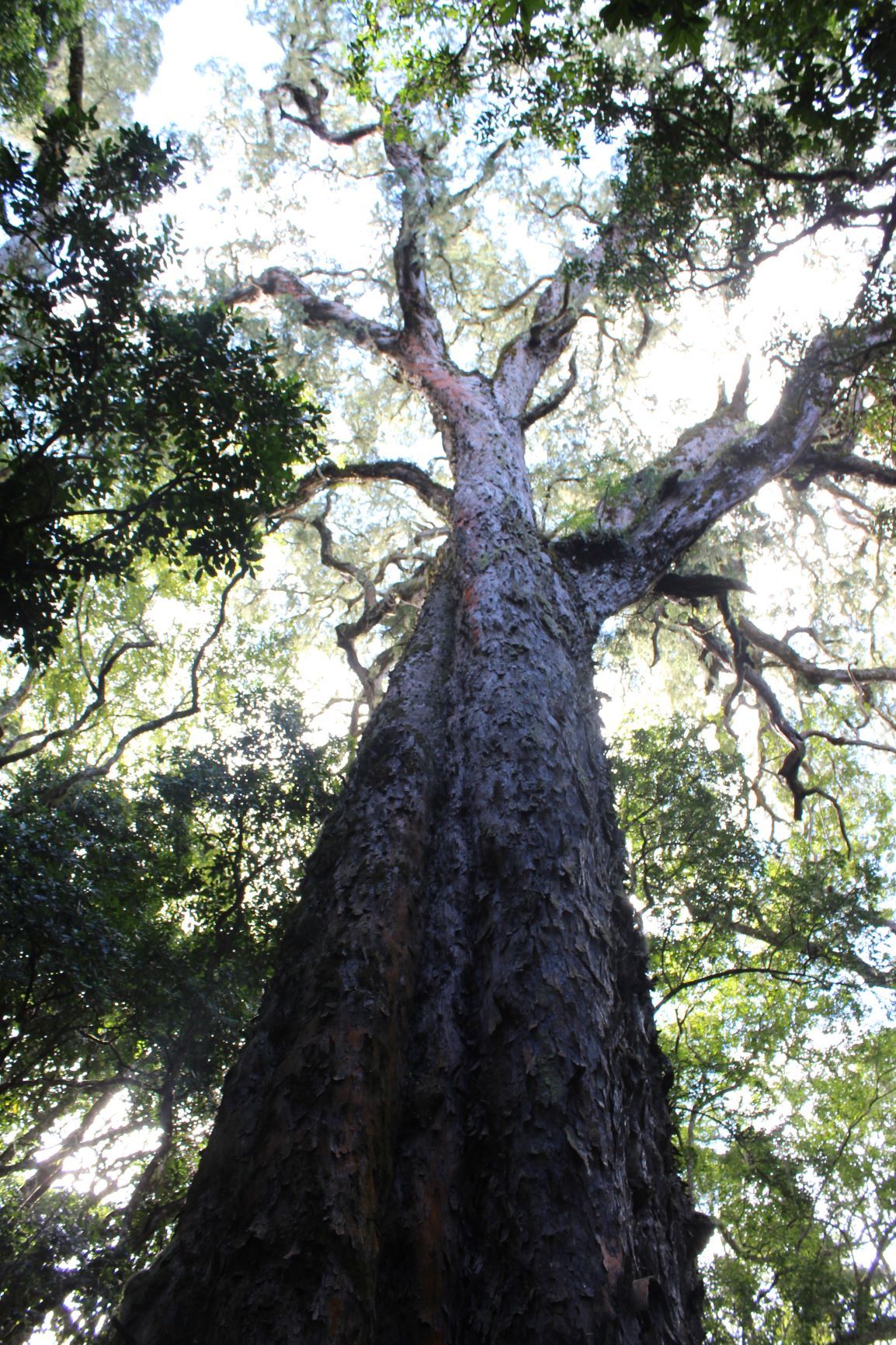
partnering with communities
We encourage local communities in South Africa to embrace the Cape Parrot as a national mascot for the umbrella protection of our forest catchments.
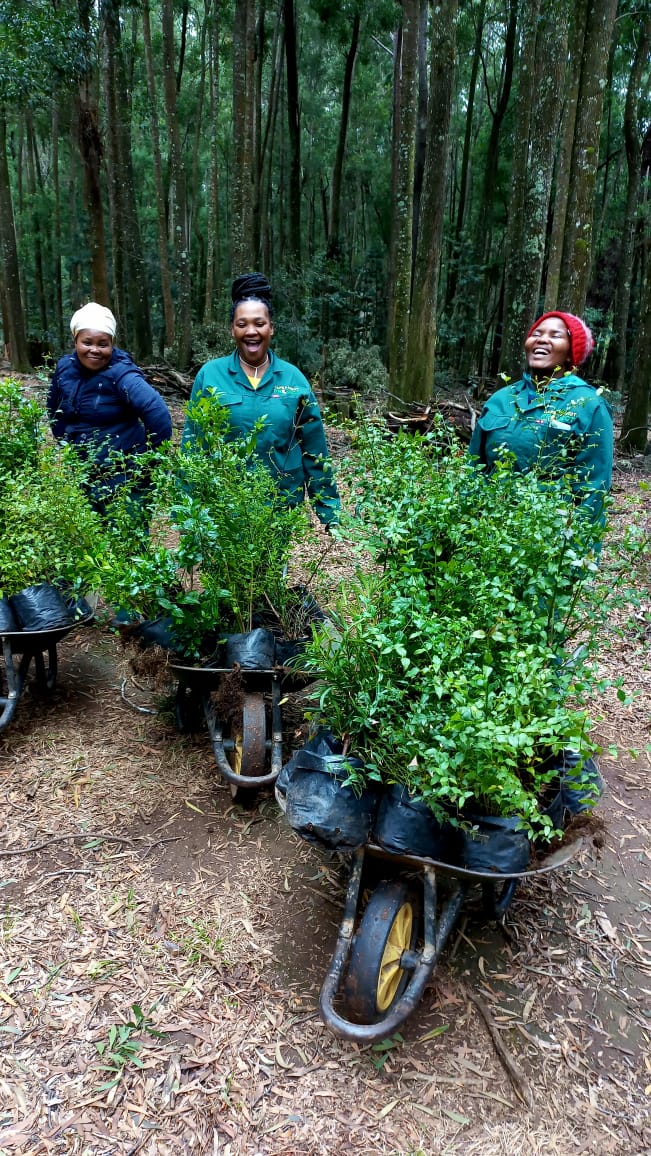
The Cape Parrot Project partners with communities to restore forest habitat. We do this by supporting community members to grow seedlings which the Project then buys back. Together with members of these local communities, we plant these seedlings back into appropriate degraded forest habitat. Through this, we strengthen local social-ecological resilience through creating livelihood opportunities in local communities that are dependent on a healthy ecosystem and their surrounding indigenous forest. The project also engages with schools in the nearby local communities for education drives for children to be agents of positive environmental change and increase appreciation for the indigenous forests and all the species that call these forests home.
research
There is little known about this parrot, with most of the work done by researchers at the University of KwaZulu-Natal in the 1990s on northern populations in KwaZulu-Natal Province, South Africa.
To better conserve this species, we need sound knowledge of various aspects of the species biology, and its habitat. Some of the areas we conduct research on include breeding biology, diet and movement, as well as population counts and the prevalence of Beak and Feather Disease. We also conduct research on the forest habitat to understand the impact of contemporary logging on nest-site availability.
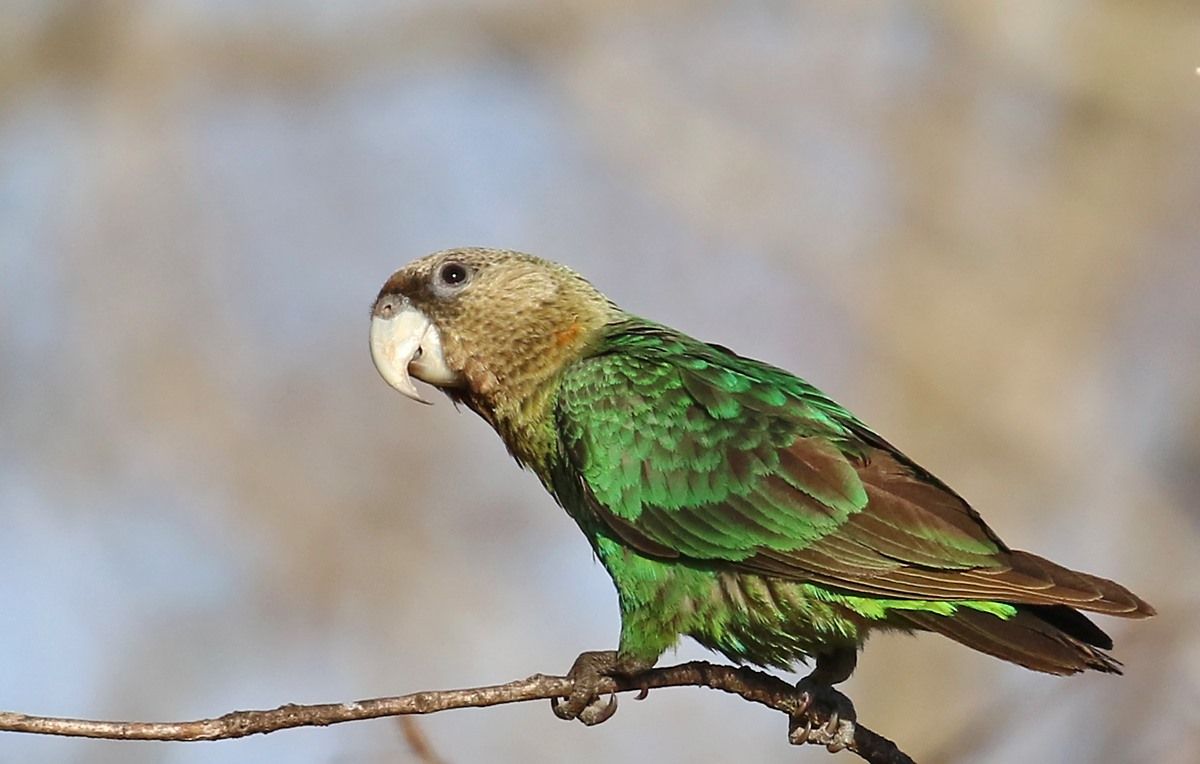
Cape Parrot and Mistbelt Forest Action Plan
Protecting the Cape Parrot means protecting the indigenous forests in South Africa, for the shared benefit of people and nature.
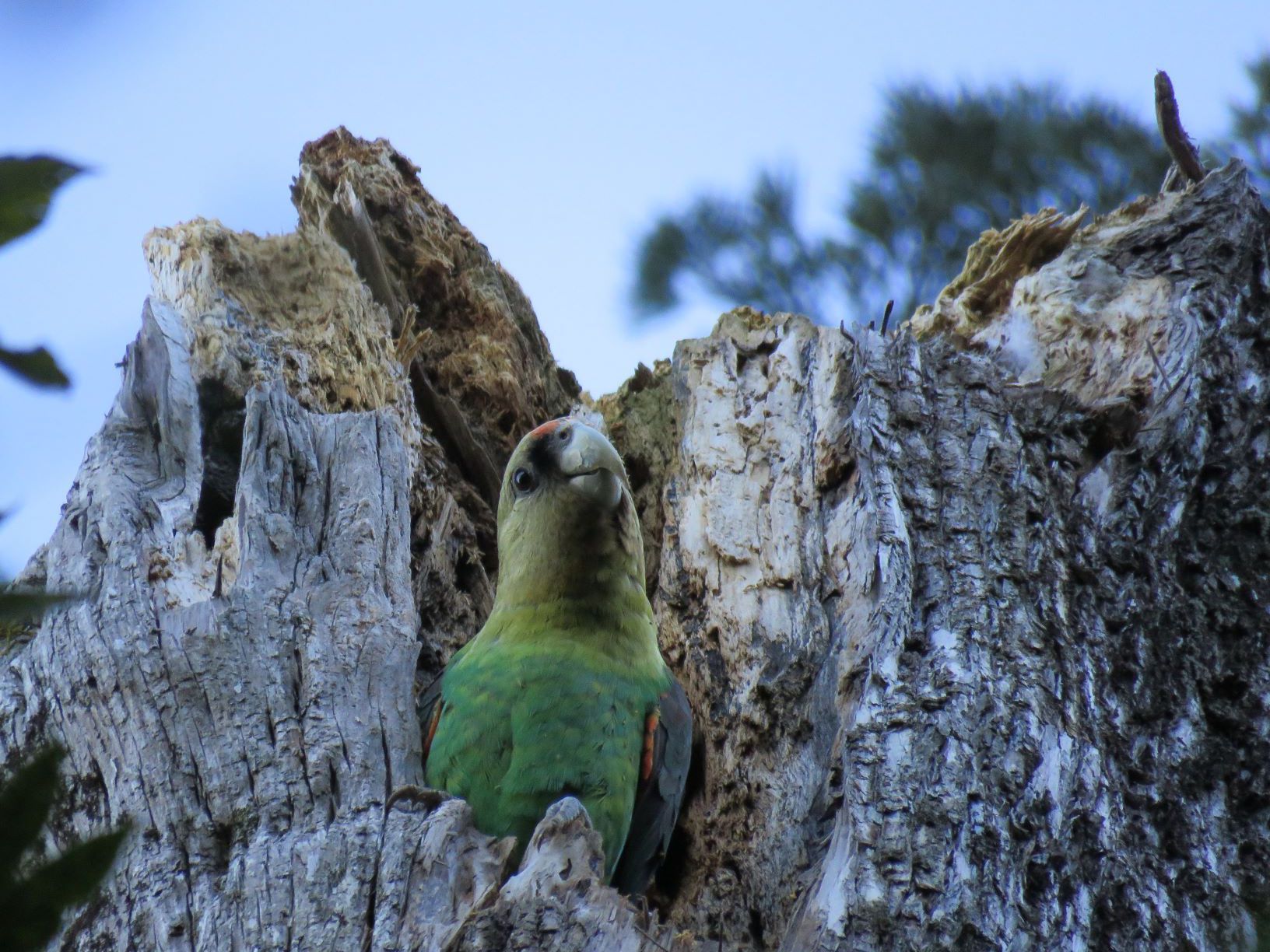
The Cape Parrot Project and Wild Bird Trust were involved in developing a Cape Parrot and Mistbelt Forest Action Plan, where the vision is a thriving population of Cape Parrots acting as a flagship for the protection and recovery of indigenous forests in South Africa, for the shared benefit of people and nature. They are a BirdLife Species Guardian and as instrumental stakeholders, their work is closely aligned with the Cape Parrot and Mistbelt Habitat Conservation Action Plan that we helped produce in 2019.
resources
Read about all the latest news, research and inspiring stories on The Cape Parrot Project.
The Cape Parrot Project
Limited to forest patches in the Eastern Cape, KwaZulu-Natal, and Limpopo Province, there are fewer than 2000 critically endangered Cape Parrots left in the wild. Cape Parrots nest in existing tree hollows in old Yellowwood trees – South Africa’s national tree - and rely on the fruit of these trees for nutrition and survival. Sadly, habitat degradation caused mainly by historical logging practices have caused a shortage of natural nesting sites due to the scarcity of old Yellowwood trees. We intend to change that. Through conservation research, habitat restoration, and active community participation, we are committed to safeguarding the future of the Cape Parrot.
Join our flock
Subscribe to our newsletter to receive exciting news about our projects.
We care about the protection of your data. Read our Privacy Policy.